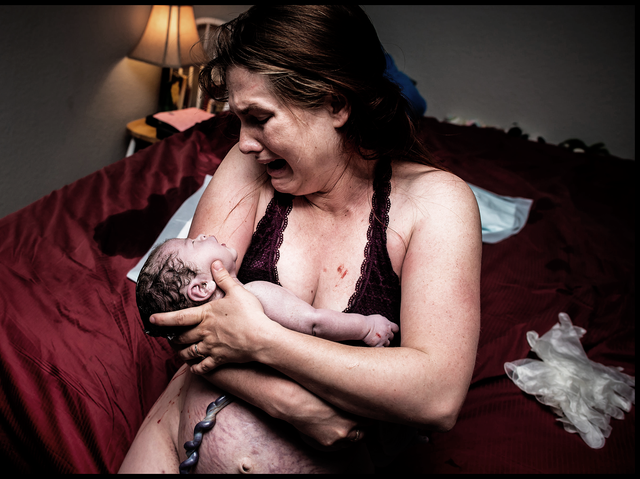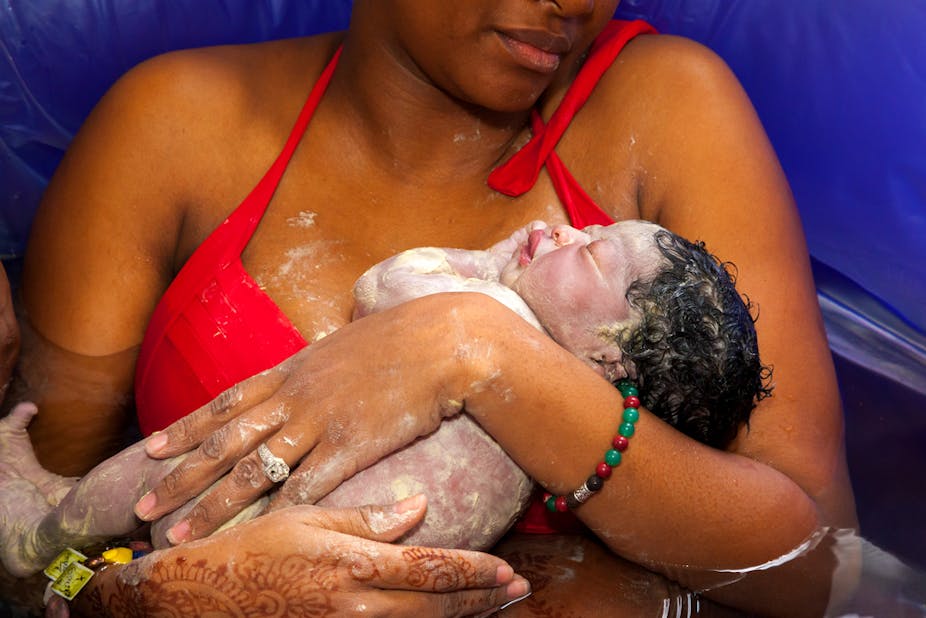An article in the Lancet earlier this month explained how Feminism is for everybody
The article quoted bell hooks, who said “to be ‘feminist’ in any authentic sense of the term is to want for all people, female and male, liberation from sexist role patterns, domination, and oppression.”
Women and men are held in a negative pattern of behaviour by the dominant paradigm of patriarchy. That pattern of behaviour is so normal, people can't perceive it until they become more mindful and aware. Even then, it is easy to slip back into unconsciousness and the same pattern of behaviour. There is a concept that 'fish can't see water' and that applies to us humans too and the dominant patriarchal paradigm. Not only is it hard to perceive without education and questionning, some people will argue for their limitations and to maintain their inability to perceive the socially transmitted invisible structures that contain and shape us. Neither women nor men can truly be all they are capable of being until they throw off the shackles of sexist role patterns and become aware of the subliminal messages that support and cultivate the behaviours that enable dominantion and suppression.
This video, shared on Twitter this morning, has been watched by 4.48 million people across the world and demonstrates all too clearly how 'normal' violence against women is. The comments are enlightening. I encourage you to read them and think about why bell hooks wrote about feminism in the way she did and how it essential for everybody.
Childbirth is an area where women are even more vulnerable than usual. In pregnancy, women need to be cared for and supported as their mind/bodies are fully engaged in growing the next generation. Women need a safe environment for their bodies to work well. However, pregnancy is a time when domestic violence can erupt for the first time or worsen. Not only are women damaged and murdered by violence in the home, living with violence irreparably damages children. The immediate and long-term consequences on children of living with violence is becoming more understood and increasingly talked about in the media.
There is also recognition that too many women's wants, needs and desires for birthing their babies are ignored and dismissed by the people working in the system. More and more women are emerging from childbirth shattered, their belief in themselves torn to shreds. A term used to describe this phenomenon is 'obstetric violence'. Many health care professionals are horrified by that term, claiming that they care about women and their babies and their work is designed to keep the woman and her baby safe. The fact that so many women feel damaged by the very system that has been created to keep them safe means we have a problem - the question is, has the disrespect and invisible negative pattern of behaviour that signals the patriarchal paradigm caused a blindspot in the health sytem's perspective? Women want to birth normally and need to have the support to do it. WHO is recommending that labour,if everyone is well and healthy, to be enabled to progress at it's own pace. Despite this call for change, intervention rates are increasing. A new book by a gastroenterologist from Cork provides a scathing attack on modern medicine, calling it “an industrialised culture of excess” and a threat to health". Certainly, along with the way women feel following childbirth, the distress and rate of death by suicide in the medical profession indicates that things need to change. Some are calling for a Royal Commission into Obsetric Care in Australia - perhaps the time has come to look deeply, with fresh eyes, at what we are doing to women and babies during childbearing.
After 68 women were murdered last year in Australia, the majority murdered by someone they loved, a northern rivers' musician, Ilona Harker, herself a survior of domestic violence experienced as a child, gathered other musicians from around the area to create a moving tribute to the women who had been murdered and to end violence against women, using Valentine's Day as the framework.
Ilona called to all of us to make a difference:
"I would also like people to feel compelled to speak up when they see micro-aggression acts or anyone who has any hate speech towards women or children.
"And I'd really like men to stand up because without men we're not going to change this."It's time for a new normal. As bell hooks wrote so compellingly, if we "want for all people, female and male, liberation from sexist role patterns, domination, and oppression.” then feminism is for everybody.
https://twitter.com/JIMINSPROMlSE/status/1096449763111854080





